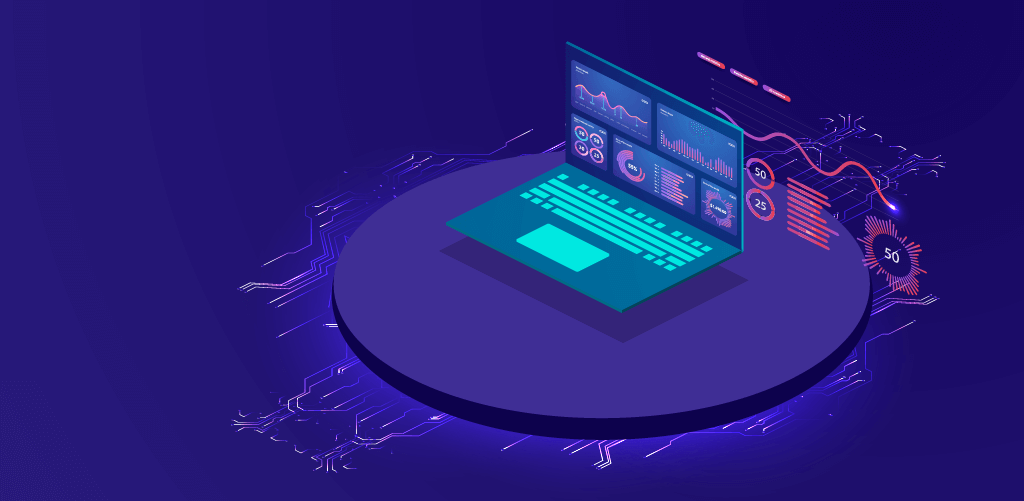
A History of Gamification in Learning Pool Platform
June 27, 2018
Gamification plays a significant role in our Learning Pool Platform and, research has indicated that the application of gamification principles within an eLearning platform can improve user engagement, organisation productivity, employee recruitment and vote apathy, among many more.
Glossary Term: Gamification is the integration of participation incentives that are largely based upon gaming principles to encourage engagement with a software platform. In eLearning, this includes the use of point scoring, trophies and badges, various ‘levels’ and leaderboards to increase engagement with and retention of education content.
Overview of Learning Pool Platform
An idea originally conceived as part of CEO Ben Betts’ doctorate, Learning Pool Platform was created with the core principles of engagement and user experience in mind. As a result, Learning Pool Platform incorporated gamification elements to eLearning processes from day one and subsequently, these ideas have been adopted by the wider industry because of their ability to change online behaviour.
Today, Learning Pool (formerly HT2 Labs) continues to update and refine Learning Pool’s Platform innovative approach to gamified learning and, it is because of this that we remain to have an edge on our competition.
The Way We Were
Traditional eLearning platforms, like the monolithic Learning Management System [LMS], often followed the compliance based teach-to-test model whereby, all learning lead towards an end of unit test met with the reward of a certificate.
If you’ve ever sat through one of these traditional courses, you will know only too well, the frustrations of a model that requires the simple clicking of the ‘next’ button, until you have reached the end of course test.
You might also understand the disappointment of a course that provides you with very little feedback regarding your learning journey and, the opportunity for social engagement throughout even less so.
At best, the results were tolerable. At worst, it was a ‘laptop-out-the-window’ time!
What is the Alternative?
Where traditional eLearning has tried and failed, Learning Pool has persisted with new models based around gamification. Gamified learning attempts to take cues from some of the most engaging and, rewarding user experiences in software [namely, gaming] and, incorporate them to the learning experience.
While there are many different factors that have been identified as potential sources of engagement, Learning Pool has brought the following into Learning Pool Platform.
A Rewarding Experience
Points
Many games reward users for taking actions with immediate and delayed rewards. An immediate reward, for example, could be the attribution of points.
In the Learning Pool Platform, points can be attributed to both the action of passively accessing some learning content [i.e. reading an article or, watching a video] and also, actively participating by engaging in discussion or uploading a resource of their own.
Levels
Often enough, the accrual of points in games is a motivation in itself. Although, in most instances, there are additional rewards that appear once certain point targets have been met.
Learning Pool Platform takes another cue from games that enable the player to ‘level up’ when a certain number of points have been earned. In a game, ‘levelling up’ often unlocks new abilities or areas of content.
The same is true of Learning Pool Platform; by achieving a target points goal, users will typically unlock a new set of Learning Content, ready to be explored by the learner.
Leaderboards
For many users, the gaming arcade’s biggest draw was the pixelated home screen that showed the current leaderboard. Searching through the list of initialled names, they were interested in one thing and, one thing only: who was at the top this week?
Competition is often a healthy additional motivator, and Learning Pool Platform has a few leaderboard options for an array of learning behaviours. For instance, who has completed the most objects? Who has attached the most comments, uploaded the most resources? The leaderboard will encourage team members to be more active in the wider course conversations and discussions.
Badges
Traditional [LMS] use a final, end of course certificate as the only recognition of progress.
In games, the final destination is not the only place where progress is rewarded. Gamers often earn Achievements and Badges for performing sets of actions within the gameplay, en route to the end goal.
Similarly, Learning Pool Platform allows learning designers to create badges that are rewarded for actions that occur within and across courses. Making 10 comments, uploading 5 new comments or, viewing 10 objects tagged with ‘on boarding’ are the kinds of granular behaviours that can be targeted and rewarded within Learning Pool Platform.
Exploration
For many gamers, a big motivation was the ability to explore a new world in their own way. Games quickly evolved from the linear directed route described by 2D platformers into maze-like top down scrolling adventures and, eventually fully open 3D worlds.
Learning Pool Platform is similar in the sense that ‘objects’ can be accessed in any order. In fact, levels can be set to an ‘open’ mode, enabling users to jump in and out of different topics are their own will.
Learning Pool’s Platform offer of different object types [for example, PDFs, videos and articles] allow for a more personalised experience. Likewise, variable targets allow for some objects to become optional.
Like most modern games, the order and pacing is user-determined and, users can explore the minimum amount to achieve their required points or, they can experience everything – with Learning Pool Platform, there are no limitations!
If you’d like to learn more about Learning Pool Platform, perhaps experience what it has to offer first-hand, you can do so by arranging a demo.
Got a learning problem to solve?
Get in touch to discover how we can help

